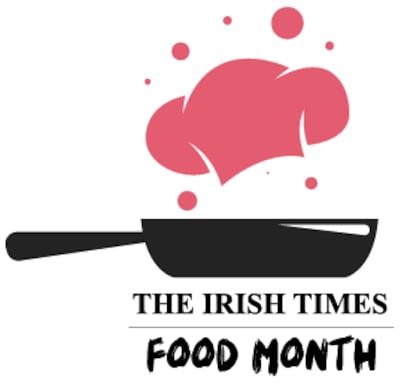Older people – particularly those living alone – often don’t eat enough nutrient -dense foods and health professionals are particularly concerned about the risk of protein-energy malnutrition (ie, not eating enough protein and energy-rich foods) in this age group.

One recent UK study found that between 11 and 19 per cent of those aged 65 and older weren’t getting enough dietary protein and/or calories.
Research from The Irish Longitudinal Study on Ageing (Tilda) found that 10 per cent of older people are at risk of malnutrition which in turn in associated with poorer health, a lower quality of life and worse disease outcomes.
Sarah Keogh is a registered dietician who gives dietary and healthy lifestyle advice to older people for the Retirement Planning Council of Ireland. She says that the amount of protein eaten by older people starts to drop which contributes to muscle loss and can increase the risk of falls and fractures.
“Some older people reduce their protein intake because they are not as active, suffer from various illnesses and have a smaller appetite but their need for protein doesn’t reduce,” says Keogh.
She says that bad teeth can also be a huge issue.
“Many people aren’t good at looking after their teeth – they brush them but don’t floss them or go to the dentist often enough. Also, older people who wear dentures sometimes lose weight and don’t replace ill-fitting dentures. This means they avoid protein foods that they have to chew.”
Dieticians advise older people to include a high-protein food with each meal, not just with their evening or midday meal. So, having an egg for breakfast each morning is one option. Eating a protein rich yogurt or putting seeds and nuts on porridge is another breakfast option.
If soup is for lunch, make sure it includes lentils or chickpeas or have cheese or a slice of ham on bread with the soup. For an evening meal, chicken or fish are high-protein sources if red meat is difficult to chew.
“Stews with chicken or beef are also a great way to eat softer protein foods and I recommend older people to have protein shakes in the evening,” adds Keogh.
She says people should be careful about reducing dairy products in their diet without replacing them with adequate amounts of protein from other sources.
Dairy foods are a good source of protein and calcium which helps keep bones healthy. One Tilda study found that when older people increase their consumption of yogurt, they had better bone mineral density and overall better physical functioning. Plant-based milks don’t have as much protein.
Food diaries
“Vegetarians and vegans need to ensure that their protein foods (eg beans and lentils) cover one third of their plate three times a day compared to the palm of your hand as the portion size for meat/chicken or fish,” explains Keogh.
Oily fish (which is also a good source of Vitamin D) is also essential for bone health and should be eaten once or twice a week. It is also recommended for anyone suffering from inflammatory conditions such as arthritis.
“And adequate amounts of carbohydrates and fats are essential too so that protein is used by the body to build muscle rather than for energy. The body needs enough calories [from food] to function properly,” adds Keogh.
One recent study from the University of Roehampton in London entitled Optimising Protein Intake in Older People to maintain their Musculo-skeletal Health, suggested older people keep food diaries to help nurses identify suboptimal appetite and/or where meals and snacks may be lacking in sufficient protein.
The body’s muscle mass decreases with age and sacropenia which is defined as a loss of muscle mass, strength and physical function can begin in the 40s and result in up to 50 per cent muscle loss by aged 80.
People over 70 will lose up to 16 per cent of their muscle mass each year. And while an adequate amount of protein is essential to slow down the loss of muscle, exercise (resistance and aerobic exercises as well as balance training) is also crucial to keep muscles conditioned and maintain good musculoskeletal health.
The World Health Organisation has estimated that by 2050 the number of people worldwide over 60 will increase from 12 per cent to 22 per cent.
In Ireland, it is estimated that one in five people will be over 65 by 2030.
“It’s all about maintaining your independence as you get older. It’s about maintaining basic functions such as walking up a flight of stairs, getting up out of a chair or bed, dressing yourself and being able to get up off the floor if you fall,” says Keogh.
“I often say to people on the pre-retirement courses that 2 hours a week in the gym is better than 24 hours a day in a nursing home.”











